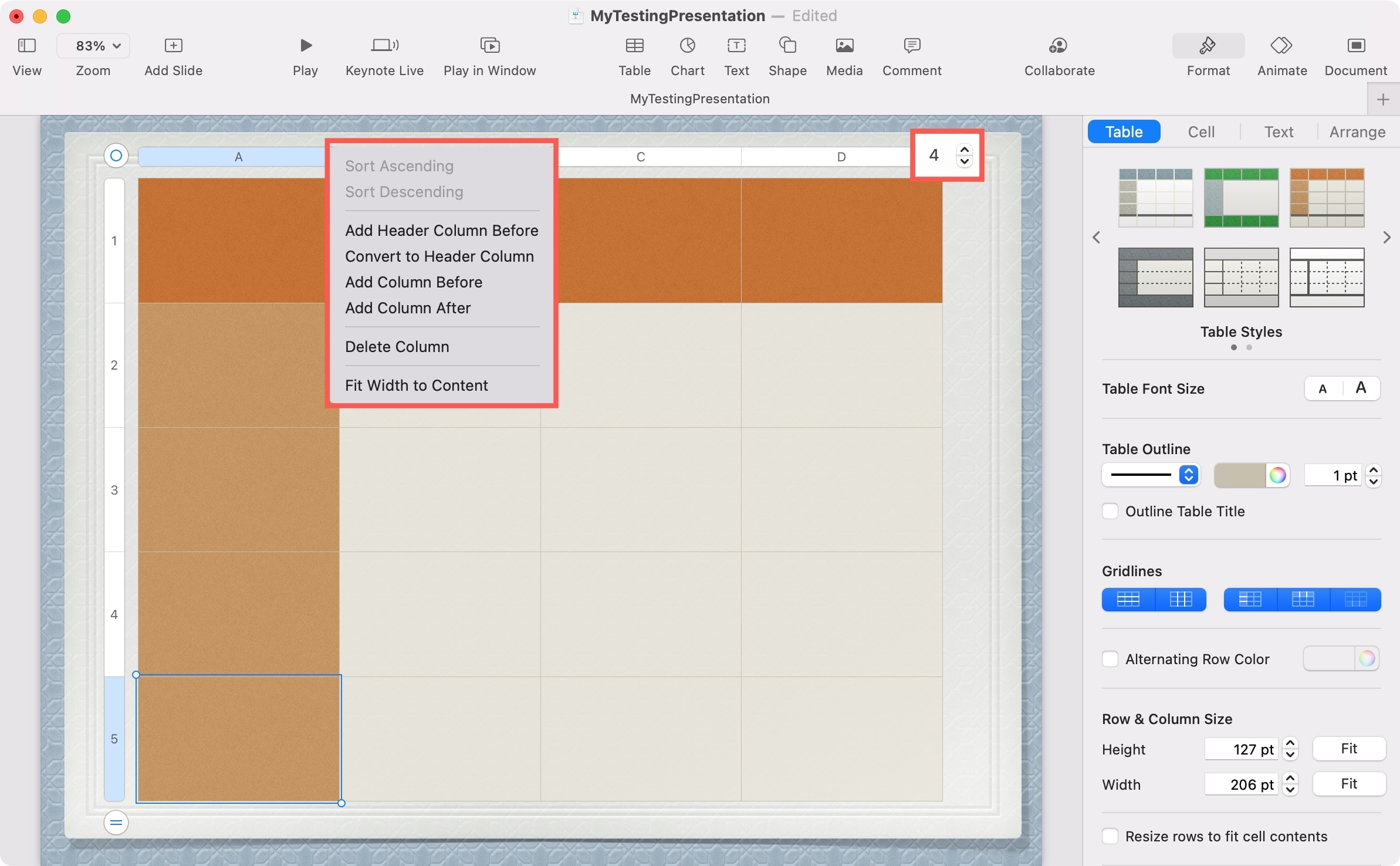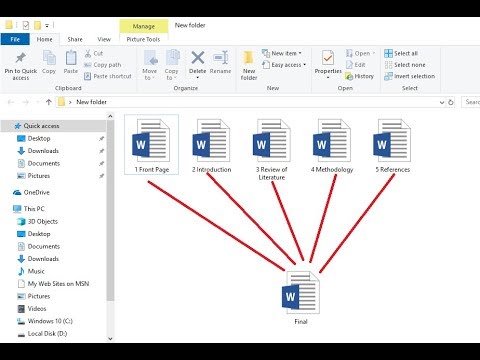TV Power Usage: How Much Does it Cost?
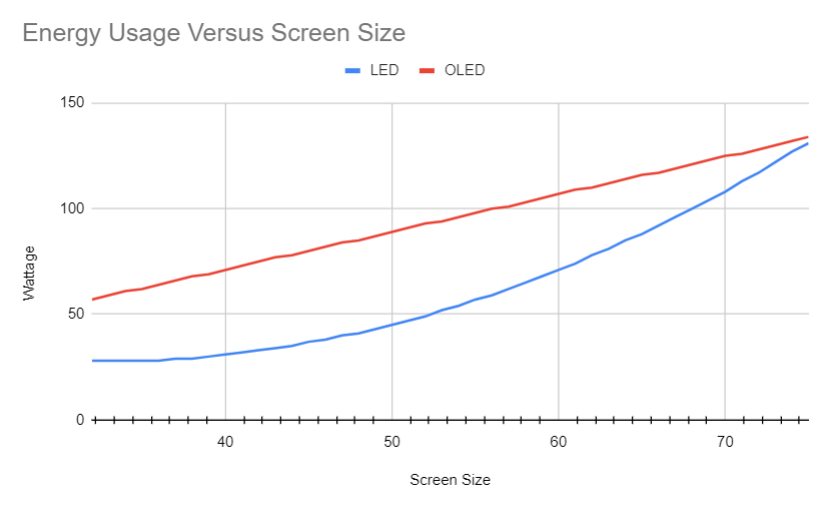
Are you curious about how much energy your television consumes and how it impacts your electricity bill? In today's world, where energy conservation is a growing concern, understanding the power usage of our household appliances is essential. This article will delve into the world of television power consumption, providing you with detailed insights, real-world examples, and practical tips to help you make informed choices and potentially save on your energy costs.
The Energy Consumption of Modern TVs

Televisions have come a long way since their inception, and so has their power consumption. Modern TVs, equipped with advanced features and high-resolution displays, offer an immersive viewing experience. However, this technological advancement also brings about a significant increase in energy usage. Let's explore the various factors that influence a TV's power consumption.
Screen Size and Resolution
One of the primary factors affecting a TV's energy usage is its screen size and resolution. Larger screens and higher resolutions, such as 4K and 8K, require more power to operate. For instance, a 75-inch 4K TV can consume significantly more energy than a smaller, standard-definition TV. Here's a comparison of energy consumption based on screen size and resolution:
| Screen Size | Resolution | Estimated Power Consumption (Watts) |
|---|---|---|
| 32 inches | HD (720p) | 30-50 Watts |
| 43 inches | Full HD (1080p) | 60-80 Watts |
| 55 inches | 4K UHD | 80-120 Watts |
| 65 inches | 8K | 150-200 Watts |
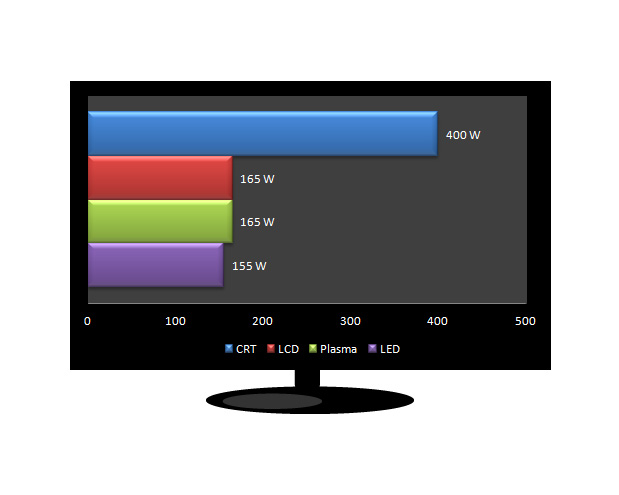
As you can see, the power consumption increases with larger screens and higher resolutions. This is primarily due to the increased number of pixels and the advanced processing required to display high-quality images.
Technology and Display Type
The type of display technology used in a TV also plays a crucial role in its power consumption. Different technologies, such as LED, OLED, QLED, and plasma, have varying energy requirements. Here's a breakdown of common display types and their typical power consumption:
| Display Type | Power Consumption Range (Watts) |
|---|---|
| LED (LCD with LED backlighting) | 30-200 Watts (varies based on size and features) |
| OLED (Organic Light-Emitting Diodes) | 50-250 Watts (efficient, but power varies with brightness) |
| QLED (Quantum Dot LED) | 60-180 Watts (similar to LED, but with higher peak brightness) |
| Plasma (older technology) | 200-400 Watts (higher power consumption) |
OLED and QLED displays, despite their advanced features, can be more energy-efficient due to their ability to turn off individual pixels, resulting in lower power consumption when displaying darker scenes. Plasma TVs, on the other hand, consume more power due to their heat generation and older technology.
Energy Efficiency Ratings
When purchasing a new TV, it's essential to consider its energy efficiency rating. Many countries and regions have implemented energy labeling systems to help consumers make informed choices. Look for energy labels such as the Energy Star rating or the European Union's Energy Label. These labels provide information on a TV's energy performance and can help you identify more energy-efficient models.
Calculating the Cost of TV Power Usage
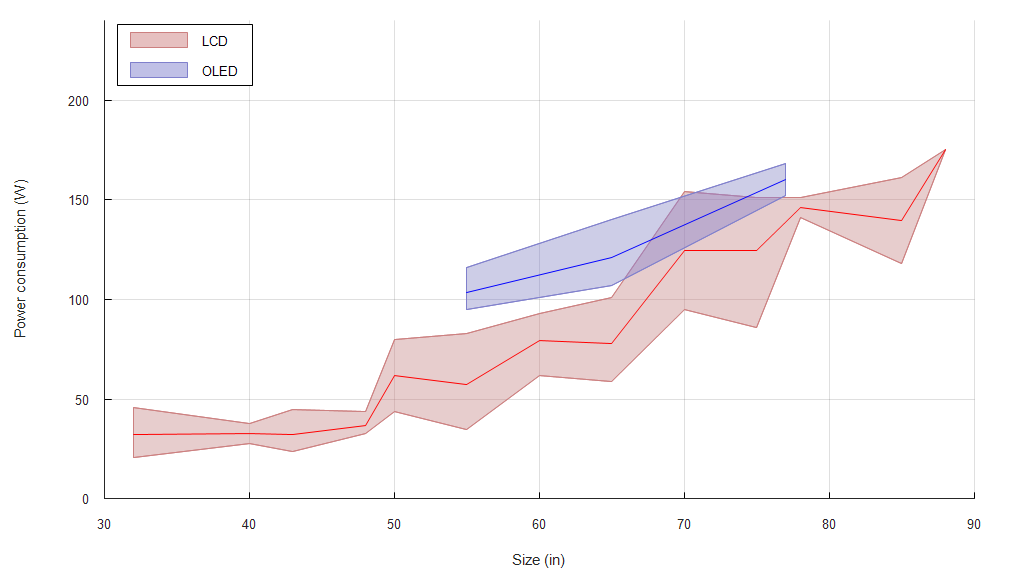
Now that we understand the factors influencing a TV's power consumption, let's delve into how this translates into actual energy costs. To calculate the cost of running a TV, you'll need to consider the following:
- Power Consumption: The average power consumption of your TV (in Watts) over a specific period.
- Usage Time: The number of hours you use your TV daily or weekly.
- Electricity Tariff: The cost of electricity in your region (in dollars per kWh).
The formula to calculate the cost of running a TV is as follows:
Cost = (Power Consumption in Watts × Usage Time in Hours) × Electricity Tariff in kWh
Let's consider an example to illustrate this calculation. Suppose you have a 55-inch 4K LED TV with an average power consumption of 100 Watts. You use it for 4 hours daily, and the electricity tariff in your region is $0.12 per kWh. Here's how the calculation would look:
Cost = (100 Watts × 4 hours) × $0.12/kWh
Cost = 400 Watt-hours × $0.12/kWh
Cost = $48 per month
So, in this example, running a 55-inch 4K LED TV for 4 hours daily would cost you approximately $48 per month.
Tips to Reduce TV Power Consumption
If you're looking to reduce your TV's power consumption and save on energy costs, here are some practical tips:
- Choose Energy-Efficient Models: When buying a new TV, opt for models with energy-saving features and high energy efficiency ratings.
- Adjust Brightness and Settings: Lower the brightness level of your TV, especially in well-lit rooms. Additionally, disable any unnecessary features like motion smoothing or auto-brightness adjustment.
- Use Eco Modes: Many modern TVs offer eco or power-saving modes. These modes adjust the display settings to reduce power consumption without compromising the viewing experience.
- Power Off When Not in Use: Instead of leaving your TV on standby mode, turn it off completely when not in use. Standby mode still consumes a small amount of power.
- Consider Smart Features: Smart TVs often have energy-saving settings and can automatically adjust power consumption based on usage patterns.
The Environmental Impact of TV Power Usage
Beyond the cost to your wallet, the power consumption of TVs also has environmental implications. The electricity used to power our televisions often comes from power plants that burn fossil fuels, contributing to greenhouse gas emissions and climate change. By reducing our TV's power usage, we can collectively make a positive impact on the environment.
Sustainable Alternatives
If you're looking for more sustainable options, consider investing in renewable energy sources. Installing solar panels or using green energy plans from your utility provider can significantly reduce the environmental impact of your TV's power consumption. Additionally, exploring energy-efficient TV models and practices can further minimize your ecological footprint.
Future Trends and Innovations
The television industry is constantly evolving, and future innovations may bring about more energy-efficient technologies. Here are some potential trends to watch out for:
- MicroLED Displays: MicroLED technology offers improved energy efficiency and longer lifespan compared to traditional LED displays.
- Quantum Dot Displays with Mini-LED Backlighting: Combining QLED displays with mini-LED backlighting can enhance picture quality while reducing power consumption.
- Advanced Power Management: Future TVs may incorporate more advanced power management systems, allowing for dynamic power adjustments based on content and viewing conditions.
As these technologies mature, we can expect more energy-efficient TVs with enhanced features, providing an eco-friendly viewing experience.
Frequently Asked Questions
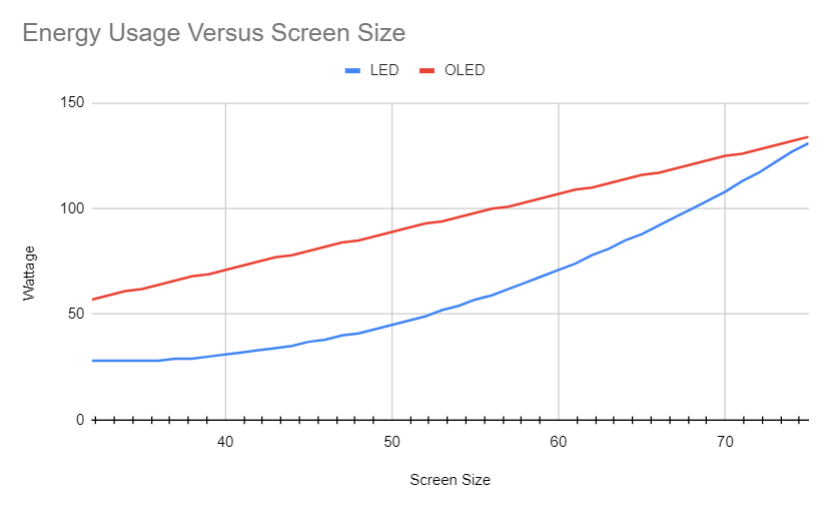
How can I find the power consumption of my TV?
+
You can typically find the power consumption specifications in your TV’s user manual or on the manufacturer’s website. Look for the “Power Consumption” or “Power Rating” section. If that information is not available, you can estimate the power consumption based on the TV’s size and resolution using the data provided earlier in this article.
Are curved TVs more energy-efficient than flat-screen TVs?
+
Curved TVs do not inherently have better energy efficiency compared to flat-screen TVs. The energy consumption primarily depends on the display technology and size. Curved TVs may offer a different viewing experience, but their power usage is similar to that of flat-screen TVs with the same specifications.
Do smart TVs consume more power than regular TVs?
+
Smart TVs generally have slightly higher power consumption due to their additional features and processing capabilities. However, the difference in power usage between a smart TV and a regular TV is often minimal. The key factor remains the display technology and size, which have a more significant impact on power consumption.
Can I reduce my TV’s power consumption by using a power strip?
+
Using a power strip can help reduce standby power consumption by allowing you to easily turn off multiple devices at once. However, it won’t significantly impact the power consumption of your TV while it’s in use. To reduce active power consumption, you should focus on the tips mentioned earlier, such as adjusting brightness and utilizing energy-saving modes.
